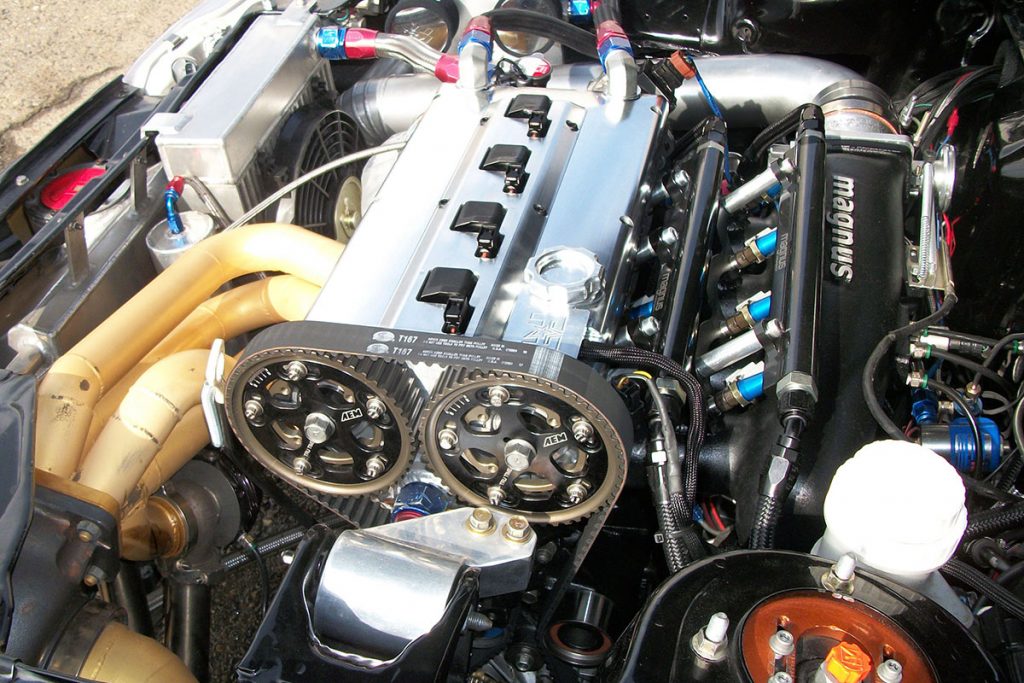The carburetor is a mechanical device which was used in older cars to supply fuel to the engine. Once the internal combustion chamber sucks in air from the outside, it gets mixed with the fuel before entering the intake manifold. So basically, the carburetor was responsible for balancing the air and fuel ratio which the engine needs for a successful combustion. The carburetor is often referred to as a fuel feeding system. It was actually a very simple device that was inexpensive and worked on engines with up to 4 cylinders. Whenever the carburetor would malfunction, repairs were cheap to make on it.
ECU working principle
In modern times, new cars have a fuel injection system for their engines. Rather than relying on a mechanical fuel feeding system, this fuel injection system is electronically controlled. The engine control unit (ECU) is the central computer which manages the fuel injection system, as well as many other electronic systems and sensors of a vehicle. In the fuel system, there are fuel sensors which detect the oxygen level, engine temperature, throttle butterfly position, air intake, and so on. The sensors transmit these measurements to the engine control unit. From there, the unit regulates the fuel injectors and controls how much fuel they inject into the combustion chamber. You can read the article about bad ECU symptoms to know more about ECU technology in the car
ECU vs carburetor
ECU technology is more effective than a carburetor because its air and fuel measurements are more precise. There is a lot of sophisticated sensors and components connected to the ECU and they all work together to deliver the precise amount of air and fuel to the engine that is needed. A carburetor does not offer this kind of precision in the air-to-fuel ratio. This reduces gas mileage and makes you fill up your gas tank more frequently. On the other hand, ECU technology saves you money because the gas mileage and fuel economy are both better. The only downside to ECU is that it is more expensive when you need to make repairs.

